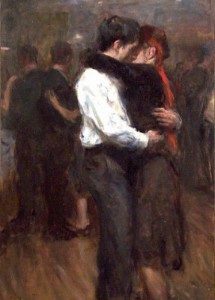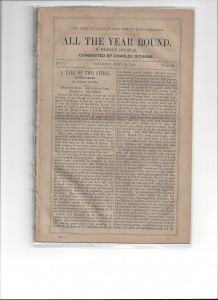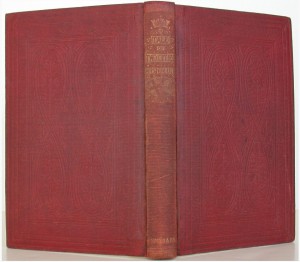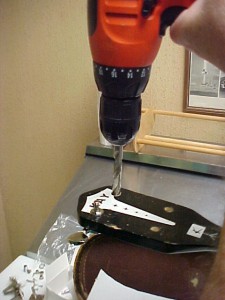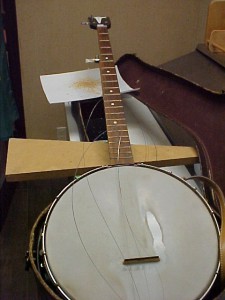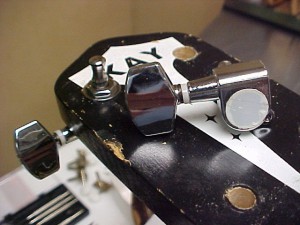Six-and-a-half minutes. Give or take, given the long fade ending. Still, a long time to be in heaven.
I haven’t heard the song Hey Jude in – forever – and maybe that’s the reason the memories it stirred were among the originals. Ninth grade recollections, as a matter of fact. My high school introductory year: McAuley Regional in Joplin.
The first dance I ever attended. (I suppose my sisters and I danced enough around the house to know that I probably oughtn’t try it in public…)
It took the greater part of the evening to work up my courage, and when I dared myself at last, I jumped up just as the first notes of the song rang out. She nodded a yes, then looked over at Joyce. (Wondered, but never figured out if she had lost a bet or was looking for sympathy…) We were both wearing those freshman-year shy grins when I recognized the song was that new one from the Beatles.
Hey Jude.
Immediately realized it was a slow song. As in Slow Dance. There may be mixed opinions about slow dancing versus leap-around-with-reckless-abandon dancing – but as a practiced non-dancer the relief washed over me in waves.
Relief and anxiety, as it was Becky who had agreed to the dance. The most beautiful girl in all of ninth grade, and one who might have taken pity on a shy kid asking for a dance. Perhaps not realizing she had committed to a slow dance to one of the longest popular songs ever.
Funny how the brain is wired. All these years later, the song rolls out of the speakers and I am taken back to that evening, even to the point of recalling the lighting in the room, my nervousness offset by a giddiness brought on by her close proximity.
Heaven, it was. Six-and-a-half minutes, give or take.
My hand on the small of her back, which must have been by instinct or observation because it was certainly not from experience. Mostly swaying, occasionally turning. An awkward song to dance to, with a tempo not really slow, but not fast enough.
The song ended at last, as did my freshman year at McAuley. Our family moved away from Joplin that summer and I completed my high school years at another McA-school, McAlester High.
But I don’t remember dancing there.
At least, not like the night in the ninth, The Beatles, Hey Jude…
And beautiful Miss Becky.
